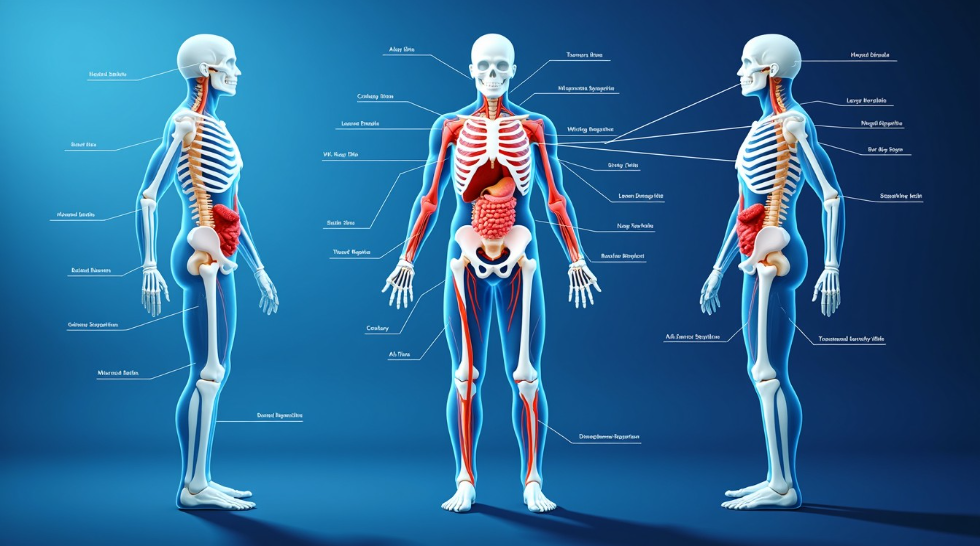New research from NIH reveals the brain keeps a strong memory of lost limbs, challenging long-held beliefs about how it rewires itself.
In a groundbreaking study, scientists from the National Institutes of Health (NIH) and University College London discovered that even after someone loses an arm, the brain still acts as if the limb is there. This goes against the popular idea that the brain quickly reshapes itself after such a major change.
The findings, published in Nature Neuroscience, could help improve treatments for phantom limb pain and lead to better designs for robotic limbs that connect directly to the brain.
🧪 Studying the Brain Before and After Amputation
This rare study followed three people who were scheduled to have an arm amputated for medical reasons. Researchers scanned their brains twice before surgery and several times afterward—up to five years later.
“We don’t often get a chance to study the brain like this,” said Dr. Chris Baker from NIH. “So we made sure to look at the data from every angle.”
Using a special type of brain scan called functional MRI, the team asked participants to move their fingers before surgery. After the amputation, they were asked to imagine moving their “phantom” fingers—the ones they could still feel even though they were gone.
🧠 The Brain’s Map Stays the Same
The scans showed that the brain’s map of the hand didn’t change much after the limb was removed. In fact, the brain activity looked so similar that researchers couldn’t tell the difference between the “before” and “after” scans without knowing the dates.
Even a computer program trained to recognize finger movements before surgery could still correctly identify which phantom finger was being moved afterward.
The researchers also checked to see if nearby brain areas—like those that control the lips or feet—had taken over the space once used for the hand. They hadn’t. The brain’s map of the missing hand stayed put.
💡 What This Means for Phantom Pain and Future Tech
Many people who lose a limb experience phantom limb syndrome, where they still feel sensations—sometimes painful—in the missing body part. This study suggests that those feelings may come from the brain holding onto its original map of the limb.
Lead researcher Dr. Hunter Schone believes this discovery could change how doctors treat phantom pain and help improve brain-controlled prosthetic limbs.
“This shows that even after losing a limb, the brain still remembers it,” said Schone. “That’s great news for new technologies that connect the brain to artificial limbs. It means we can build devices that tap into the brain’s existing map and even restore feelings like texture or temperature.”
🏛️ About NIH
The National Institutes of Health (NIH) is the U.S. government’s main medical research agency. It includes 27 different institutes and centers and works to understand, treat, and prevent diseases. Learn more at www.nih.gov.



